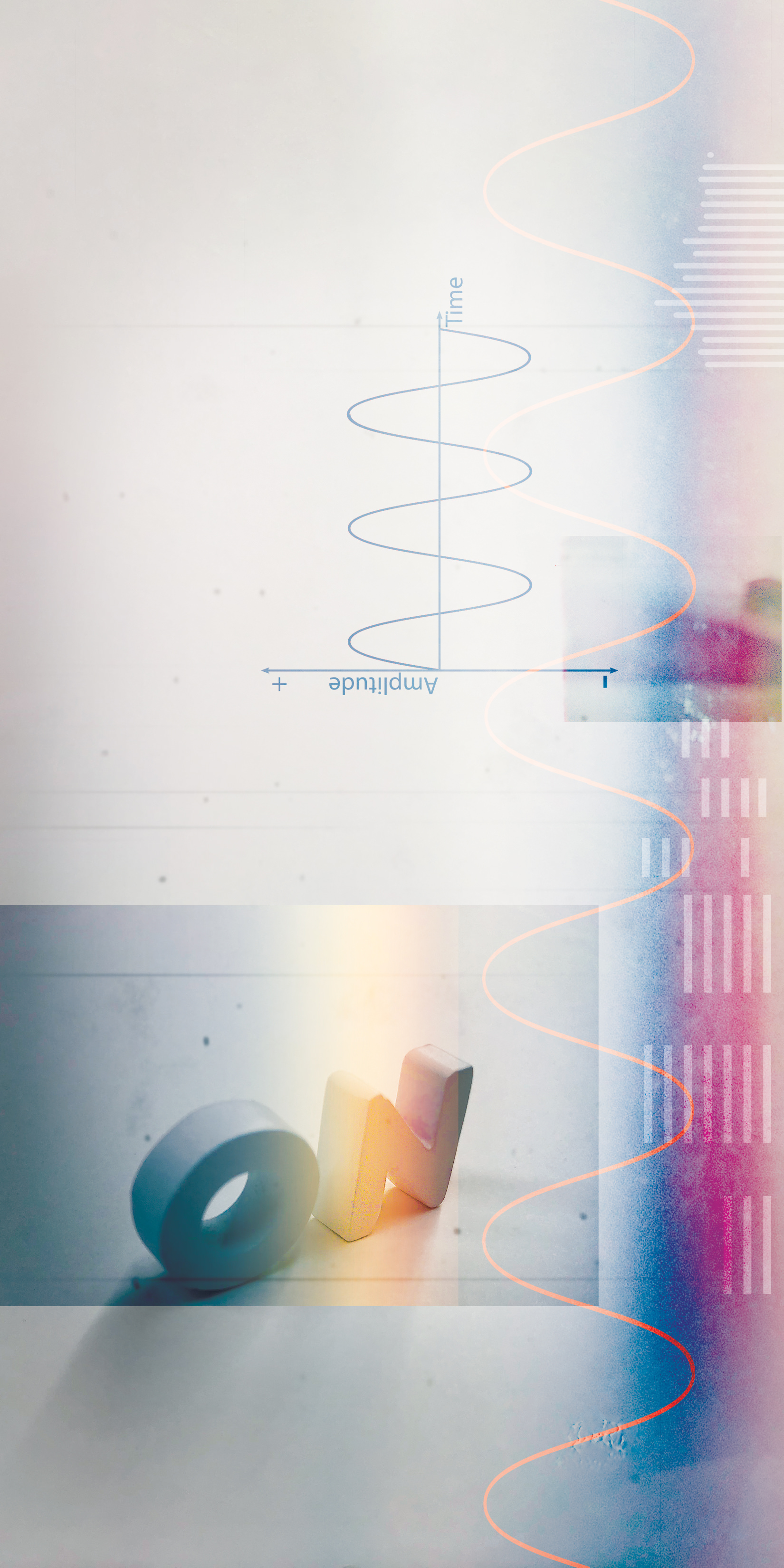At Panoramic House, more and more sessions primarily take place in our fairly large control room. It seems that the studio paradigm has shifted a bit from the days of large studio spaces and smaller control rooms, and now it's not uncommon to have five or six people in the control room with five to ten synths and keyboards, bass DI, and maybe a few guitar amp simulators (such as the UAFX guitar amp pedals [Tape Op #159]). These sessions can get messy quickly, with a bunch of DI boxes and unbalanced guitar cables going into Hi-Z inputs on the mic pres that have them. For that reason, I've been looking for a rack-mount DI solution that would handle multiple inputs while minimizing extra cabling and clutter in the control room. When I saw Phoenix Audio's Theata 8-channel rack mount instrument preamp and summing mixer at NAMM in January, I was excited to check it out.
Theata provides 30 dB of gain for each input, with an active Class A discrete circuit topology and custom wound transformers on all ten outputs. Everything you'd expect in a high-end active DI is here, including phase invert, ground lift, and variable high-pass filtering. What really sold me on this unit is its flexible routing and I/O options. There are eight 1/4-inch instrument inputs on the front panel with parallel through outputs if needed. However, the real work takes place on the back panel. Direct outputs are available for every channel on a single DB-25 connector, plus a second set of inputs can be routed to the back via another DB-25 cable. Should you need it, a third DB-25 connector feeds monitor outputs, which could be useful in a live setting. The mix bus outputs (Bus Mix O/P) are on XLR connectors, and there are also TRS bus insert jacks. Theata can work as eight standalone DIs, as an 8-channel summing mixer, or any combination in between, making it versatile for recording situations. Two units can also be linked to create a 16-channel summing mixer. We connected the direct outputs, and the mix bus outputs directly to our patchbay, which gives us quite a bit of flexibility for routing. Theata is installed in our producer's desk/effects rack, which lives in the middle of the control room. That desk, and the area around it, is where most keyboards get used during sessions, so it's easy to patch instruments directly into Theata's front panel, and the need to run cables across the floor to the patch bay is mostly eliminated. I could blather on a bit more about this unit's features, but really, it does what you expect, and it does it well with a few extras thrown in, like a stereo width control on the mix bus. My two slight gripes are that there is no power switch, and that the ground lift buttons are on the back of the unit. However, in our installation we can still get to the switches on the back, and truthfully we haven't needed to do so yet. Theata is built well, and its transformer-isolated circuit seems to minimize any grounding issues, although I think having everything in the same room on the same power leg also helps in that regard.
We recently had artist Cochrane McMillan at Panoramic House for an extended stay, and the control room was overflowing with synths and keyboards, yet there was no cabling running across the floor! Cochrane had this to say about Theata: “The Phoenix Audio unit did an excellent job in fulfilling what it was built to do. I had multiple keyboard lines going into it – some stereo and some mono, including a Wurlitzer, Mellotron M4000D, Roland Juno-6, Moog Little Phatty, and Dave Smith [Instruments] Mopho. It handled all those together really well. Its ability to do that seamlessly – and with the summing mix option and width control while simultaneously being low noise and enhancing whatever keyboard or synth coming into it – really made my session run smoother. The high-pass filter sounds great; very subtle and musical. The ability also to use both the stereo master output or the direct channel outputs is helpful. The busing options are also wonderful, as I had a couple of pedals that I used with all the keys /synths in that integrated send/return flow on the master with in-line buttons for each channel on the front panel, which made for a great workflow and made my session easier to just focus on playing music instead of patching and routing.”
So, if you're in the market for a high-quality, multi-channel DI situation for the control room, tracking room, or live use, you should definitely check out Theata.




_disp_horizontal_bw.jpg)